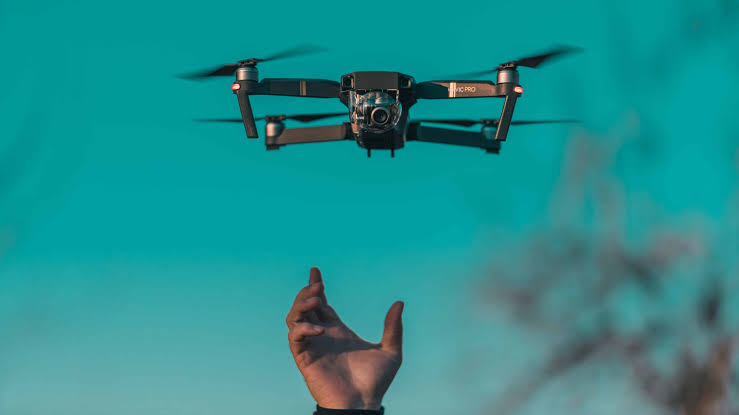In the age of digital connectivity, online harassment has emerged as one of the most pressing social issues of our time. While the internet offers opportunities for learning, networking, and expression, it has also become a space where bullying, intimidation, and abuse thrive behind screens. As of July 2025, online harassment affects individuals across all age groups, genders, and cultures—often with lasting emotional, psychological, and even physical consequences.
Unlike traditional forms of harassment, online abuse follows individuals into their homes, workplaces, and personal spaces. Its persistent nature, amplified reach, and the perceived anonymity of perpetrators make it especially damaging in today’s hyperconnected world.
The Different Forms of Online Harassment
Online harassment isn’t limited to name-calling or insults. It takes many forms, ranging from subtle invasions of privacy to direct threats of violence. Some of the most common types include:
- Cyberbullying: Spreading rumors, personal attacks, or public shaming, often among teenagers or young adults.
- Doxxing: Publishing private information such as addresses, phone numbers, or work details with malicious intent.
- Trolling: Deliberately provoking emotional reactions through offensive or inflammatory posts.
- Sexual harassment: Sending unsolicited messages, explicit images, or engaging in digital stalking, especially targeting women and LGBTQ+ individuals.
- Hate speech and discrimination: Targeting individuals or groups based on race, religion, gender, or disability.
The medium may be digital, but the consequences are deeply real.
Emotional and Mental Health Consequences
The psychological impact of online harassment can be profound and long-lasting. Victims often experience intense feelings of shame, fear, helplessness, and anxiety. Repeated exposure to harassment has been linked to:
- Depression and low self-esteem
- Social withdrawal and trust issues
- Sleep disturbances and chronic stress
- Suicidal thoughts or self-harm
In some cases, the harassment can trigger or worsen pre-existing mental health conditions. Victims may internalize the abuse, feeling responsible or fearing that others will not take their experience seriously.
Physical and Professional Effects
While the abuse happens online, it can extend into the physical and professional lives of victims. Public attacks may lead to:
- Loss of job opportunities or professional reputation damage
- Physical safety concerns, especially when doxxing or stalking is involved
- Disruption of personal routines due to fear of further attacks
- Avoidance of public spaces or participation in online communities
Some individuals are forced to leave their jobs or relocate for their safety, especially if the harassment includes threats or targeted campaigns.
Disproportionate Impact on Marginalized Groups
Online harassment does not affect all users equally. Research and experience consistently show that women, people of color, LGBTQ+ individuals, and people with disabilities are disproportionately targeted. For example:
- Women are more likely to face sexual harassment and image-based abuse.
- Black and Indigenous individuals often endure racially motivated hate speech.
- Transgender and nonbinary people face misgendering, outing, and targeted harassment at alarming rates.
This targeted abuse reinforces existing inequalities and marginalization, making it harder for these communities to feel safe or represented online.
The Role of Social Media Platforms
Much of the harassment occurs on social media platforms like X, TikTok, Facebook, Instagram, and Reddit. These platforms offer users the ability to engage and express themselves widely—but they also allow harassment to spread rapidly.
Despite improved reporting tools and content moderation systems, many platforms still fail to respond effectively or swiftly to abuse complaints. Algorithms that prioritize engagement often end up amplifying outrage and conflict, further enabling harassment.
Some recent developments in 2025 include:
- AI-powered moderation systems that flag abusive content faster
- Stronger content policies on hate speech and harassment
- User-controlled filters for blocking offensive messages or users
- Legal obligations for platforms to address harmful content in certain regions
However, enforcement remains inconsistent, and many victims report feeling ignored or unprotected by the systems in place.
Legal and Social Challenges
Legislation around online harassment varies widely by country and jurisdiction. In many cases, the legal system struggles to keep pace with digital behavior, leaving victims with little recourse. Challenges include:
- Jurisdictional issues, as harassers and victims often live in different regions
- Ambiguity in defining online threats as criminal offenses
- Low reporting rates, often due to fear of backlash or lack of trust in authorities
That said, there has been growing advocacy for stronger digital safety laws, better police training, and the inclusion of cyber harassment in national anti-violence policies.
Empowering Individuals and Building Resilience
While systemic change is essential, individuals can take certain actions to protect themselves online and manage the effects of harassment:
- Adjust privacy settings to limit public visibility
- Use block and report tools proactively on all platforms
- Document abusive interactions through screenshots and timestamps
- Reach out to support networks, whether personal, professional, or therapeutic
- Access helplines or digital safety organizations offering legal and emotional support
Digital self-defense, while not a cure-all, can reduce vulnerability and give individuals a sense of agency.
The Way Forward: Education, Accountability, and Culture Change
Addressing online harassment requires more than tech fixes—it calls for a cultural shift in how we treat one another online. Key strategies include:
- Digital literacy education to help users recognize abuse and respond safely
- Platform accountability for harmful content and repeated offenders
- Public awareness campaigns to challenge harmful behaviors and normalize reporting
- Supportive environments in schools, workplaces, and communities for survivors
Everyone—from tech developers and lawmakers to educators and parents—has a role to play in shaping safer, more respectful digital spaces.
Conclusion
Online harassment is not just a digital nuisance—it’s a serious public health issue that affects mental health, freedom of expression, and the safety of individuals across the globe. In 2025, as digital life becomes increasingly intertwined with real life, it’s critical to take this issue seriously and develop lasting solutions.
Empathy, education, innovation, and accountability must go hand in hand if we’re to create a digital environment where people can connect, express themselves, and thrive without fear. The internet was built to empower—not to harm—and reclaiming it begins with how we treat each other online.



